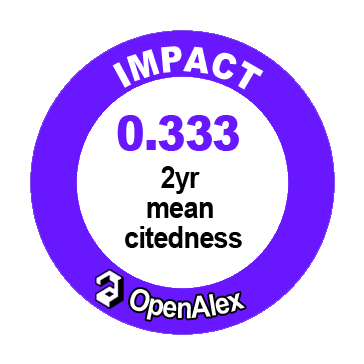A Review of Palm Oil Export Resilience Mechanisms under Asymmetric Trade Wars
DOI:
https://doi.org/10.55220/2576-6759.508Keywords:
Export resilience, Global South, Literature review, Palm oil, Systematic, Trade barriers.Abstract
Amid escalating geopolitical tensions and rising green protectionist policies, palm oil-exporting nations, particularly Indonesia and Malaysia, have faced increasing asymmetric trade pressures. These trade barriers, often framed through environmental or sustainability standards, pose significant threats to export stability and national revenue. This study aims to critically examine the mechanisms that contribute to the resilience of palm oil exports under such conditions. Employing a qualitative research approach through a Systematic Literature Review (SLR), this study adopts the PRISMA protocol to ensure methodological rigor and transparency. Data were collected from 1,336 initial articles retrieved via the ScienceDirect database using keyword combinations such as “Palm Oil,” “Trade Barriers,” “Export,” and “Indonesia OR Malaysia.” A multi-stage screening process based on inclusion criteria—publication year (2021–2025), article type (research articles), and access status (open access or archive)—resulted in the final inclusion of 37 articles. These articles were analyzed using thematic synthesis to identify recurring mechanisms of resilience. Findings reveal that palm oil export resilience is supported by interconnected strategies, including market diversification, downstream value addition, certification harmonization, digital traceability, legal diplomacy, and supply chain infrastructure investment. The review also highlights the pivotal role of policy adaptability and multi-level governance in sustaining long-term export capacity under trade stress. In conclusion, palm oil-exporting countries have made measurable progress in strengthening structural resilience, though further attention is needed to address smallholder integration and global policy alignment. Future research should explore the transferability of these mechanisms to other agro-commodities and broader South–South trade dynamics.





